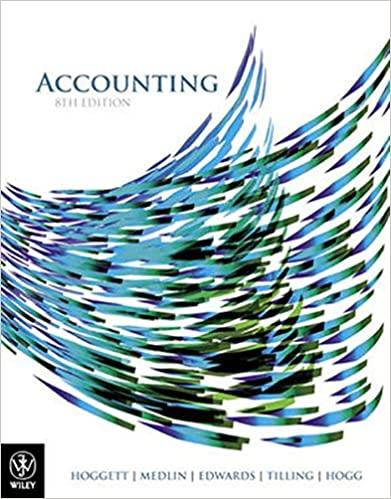Question
During the year of 2022, Curtis Corporation (a calendar year taxpayer) had an excess Long-Term Capital Loss of $20,000 which it could not carry back
During the year of 2022, Curtis Corporation (a calendar year taxpayer) had an excess Long-Term Capital Loss of $20,000 which it could not carry back to prior tax years. For the year of 2023, Curtis Corporation had a Long-Term Capital Gain of $50,000 and a Short-Term Capital Gain of $15,000. As a result of these transactions, for the year of 2023, Curtis Corporation has a net:
Long-Term Capital Gain of $45,000.Short-Term Capital Gain of $15,000.Short-Term Capital Gain of $30,000.Long-Term Capital Gain of $50,000.As of January 1, 2023, Helen Corporation (a calendar year taxpayer) had a positive balance in Accumulated Earnings And Profits (E&P) of $100,000. For the tax year of 2023, Helen Corporation's Current Earnings And Profits (E&P) was a "Deficit" (negative) ($60,000). On May 31, 2023, Helen Corporation distributed $120,000 to its sole shareholder. The amount of the distribution that is a Taxable Dividend Income to the shareholder is:
$ 40,000.$ 25,000.$ 75,000.$100,000.Hollams Corporation sold a Capital Asset in 2023 that it had held for two (2) years at a loss of $40,000. In 2023, Hollams Corporation had Taxable Income From Operations of $80,000 (Ordinary Income) and also had a Short-Term Capital Gain of $25,000. The "total" Capital Loss that Hollams Corporation may deduct (offset) for the tax year of 2023 is:
$ -0-.$25,000.$28,000.$ 3,000Step by Step Solution
There are 3 Steps involved in it
Step: 1

Get Instant Access to Expert-Tailored Solutions
See step-by-step solutions with expert insights and AI powered tools for academic success
Step: 2

Step: 3

Ace Your Homework with AI
Get the answers you need in no time with our AI-driven, step-by-step assistance
Get Started


